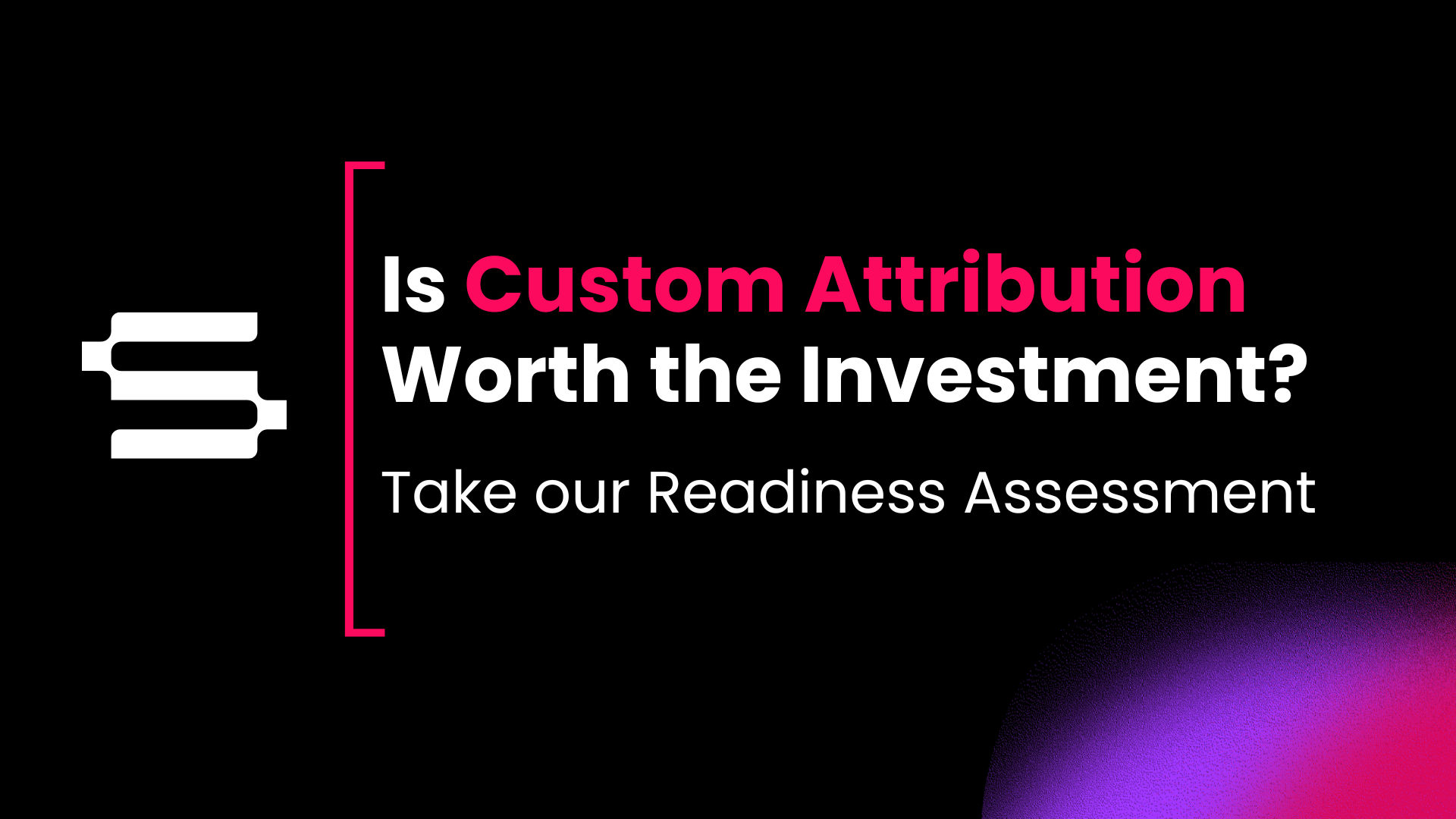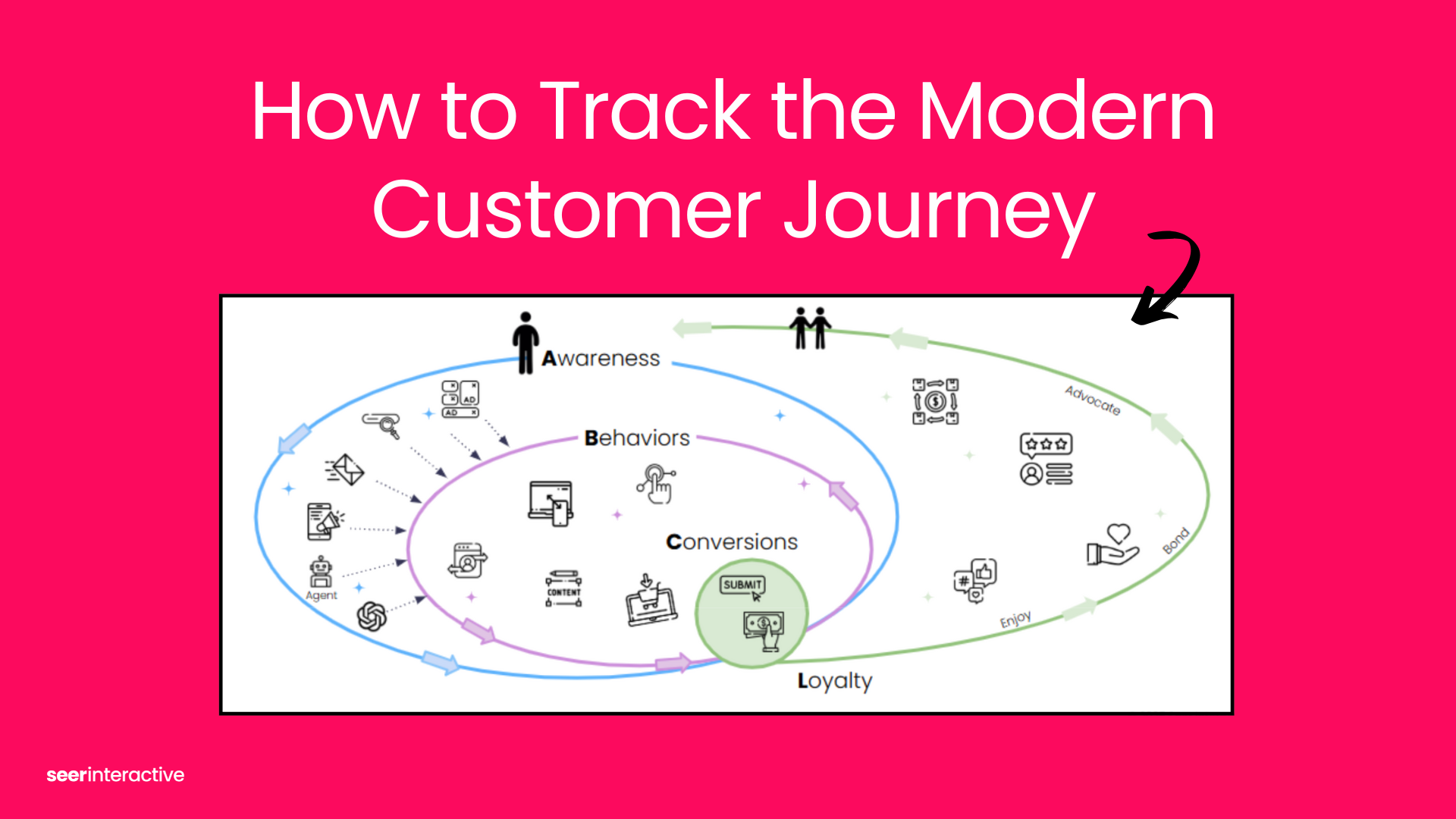Utilizing the Power of GA4
Google Analytics 4 (GA4) offers marketers a treasure trove of data and insights, but it can feel complex or overwhelming to use. The key is to focus on the right tools within GA4 to better understand your users' behavior and improve your marketing strategy.
Here’s how you can leverage some of GA4's most impactful features for driving data-informed decisions.
[TIP] Make sure you have GA4 tagged on all your pages, and cross domain tracking is turned on
1. Using Step Funnels to Analyze Drop-off Rates
Understanding where users fall off in your funnel is critical for optimizing your website or app. GA4’s customizable funnel reports let you track specific events or URLs that map to key stages in the customer journey, such as page views, add-to-cart events, and purchase completions. Here's how to use it:
- Create a funnel visualization by selecting key events such as "product view," "add to cart," "checkout," and "purchase." This allows you to see exactly where the drop-offs occur.
- Customizing with URLs: You can use unique URLs to create more detailed funnels, e.g., setting up different page URLs for steps like product selection or shipping information.
By identifying points of friction, you can make targeted changes—whether it’s optimizing the checkout experience or improving messaging at the top of the funnel.
[TIP] Make sure you’re selecting “indirectly followed by” in your step process, to make sure you capture people who may take detours before taking the next step in your funnel.
2. Maximizing Attribution Models for Channel Impact
Attribution models help you understand the role each channel plays in your conversions. In GA4, you can analyze different attribution models to see how various touchpoints contribute to the user’s journey, beyond just the last click.
- First-touch influence: Channels like Meta might not yield direct conversions, but they could be essential in driving initial engagement.
- Assisted conversions: You can look at GA4's attribution report to see how many conversions Meta is assisting, giving you a clearer understanding of the overall marketing picture. Perhaps you’ve been crediting all success to Google Ads when, in reality, Meta and email marketing played pivotal roles earlier in the journey.
[TIP] Limit your path length to two or more to only see journeys that included more than one channel
By combining different attribution models, you can optimize your budget across channels more effectively, ensuring each stage of the customer journey is appropriately credited.
3. Using GA4 Paths and Restart Function for Comprehensive User Journey Analysis
GA4’s path exploration tool allows you to track user journeys through your site. You can use the restart function to reverse the path and see how users arrived at key points, or use the regular path function to track the steps from the start of a session. Each offers unique insights for optimizing your marketing funnel.
- Reverse Path Analysis with Restart: The restart function is great for working backward from an event, like a purchase or key page view, to see how users reached that point. This helps you spot common detours or drop-off points, allowing you to optimize user flows or insert strategic CTAs to keep users engaged.
- Regular Path Exploration for Starting Points: The regular path function lets you analyze how users navigate from the start of a session. It shows you the first pages or events they engage with, helping you identify any obstacles that might prevent them from progressing further through the funnel.
4. Leveraging Cohort Analysis for Effective Remarketing Time Windows
One of GA4's powerful but often overlooked features is cohort analysis, which can be instrumental in refining your remarketing strategies. By analyzing user behavior over specific time periods, you can better understand how different groups of users engage with your site and tailor your remarketing efforts to maximize impact.
- Creating meaningful cohorts: GA4 allows you to segment users into cohorts based on shared behaviors or attributes, such as users who visited a particular page or made a purchase within a specific timeframe. By examining how these cohorts behave over time, you can identify patterns in engagement and conversion.
- Optimizing remarketing windows: For instance, if you find that users who visited your site–but didn’t purchase, are more likely to convert if they’re targeted within a certain number of days, you can adjust your remarketing campaigns accordingly. Cohort analysis helps you determine the optimal time window for re-engaging users, ensuring your ads are shown at the most effective time.
- Tracking cohort performance: By monitoring the performance of different cohorts over time, you can assess the effectiveness of your remarketing strategies and make data-driven adjustments. For example, if a cohort of users who interacted with a specific campaign converts at a higher rate when retargeted within 14 days versus 30 days, you can refine your remarketing timing to improve overall ROI.
This approach enables you to fine-tune your marketing efforts based on real user data, leading to more targeted and effective remarketing campaigns.
Conclusion: Turning GA4 Data into Actionable Marketing Insights
GA4 is a powerful platform when used strategically. Whether you're analyzing step funnels to reduce drop-offs, using attribution models to refine channel spending, or digging into path analysis to understand the customer journey, the insights you uncover can help fine-tune your marketing strategy and drive business growth.
Take time to dive into these features, experiment with reports, and use the data to inform smarter decisions moving forward.
GA4 might seem complex, but by focusing on the tools that matter, you can unlock game-changing insights for your business.
If you’re looking to turn your GA4 data into a strategic data driven strategy, Seer can help! Contact us today for a consultation.
-1.png)

